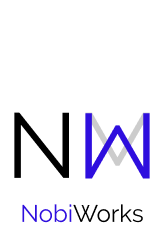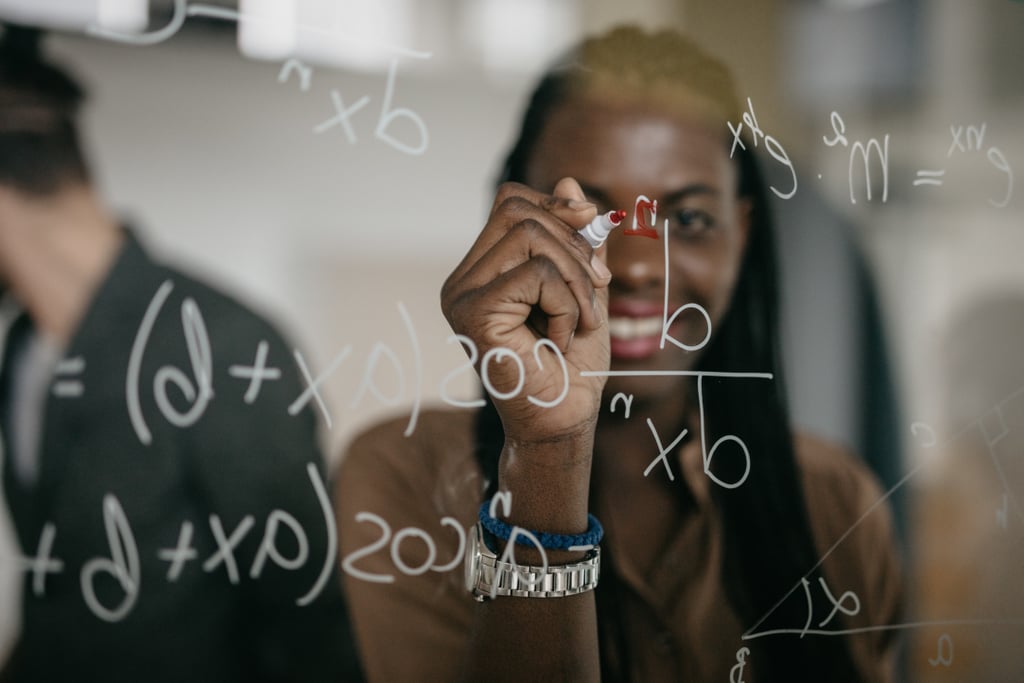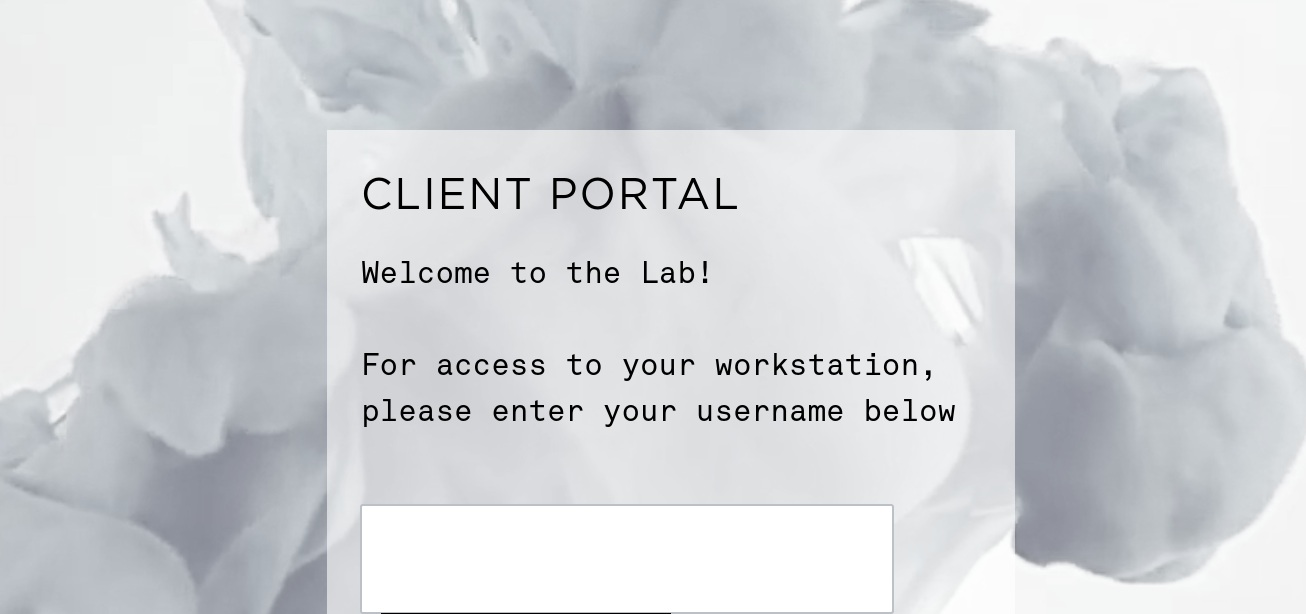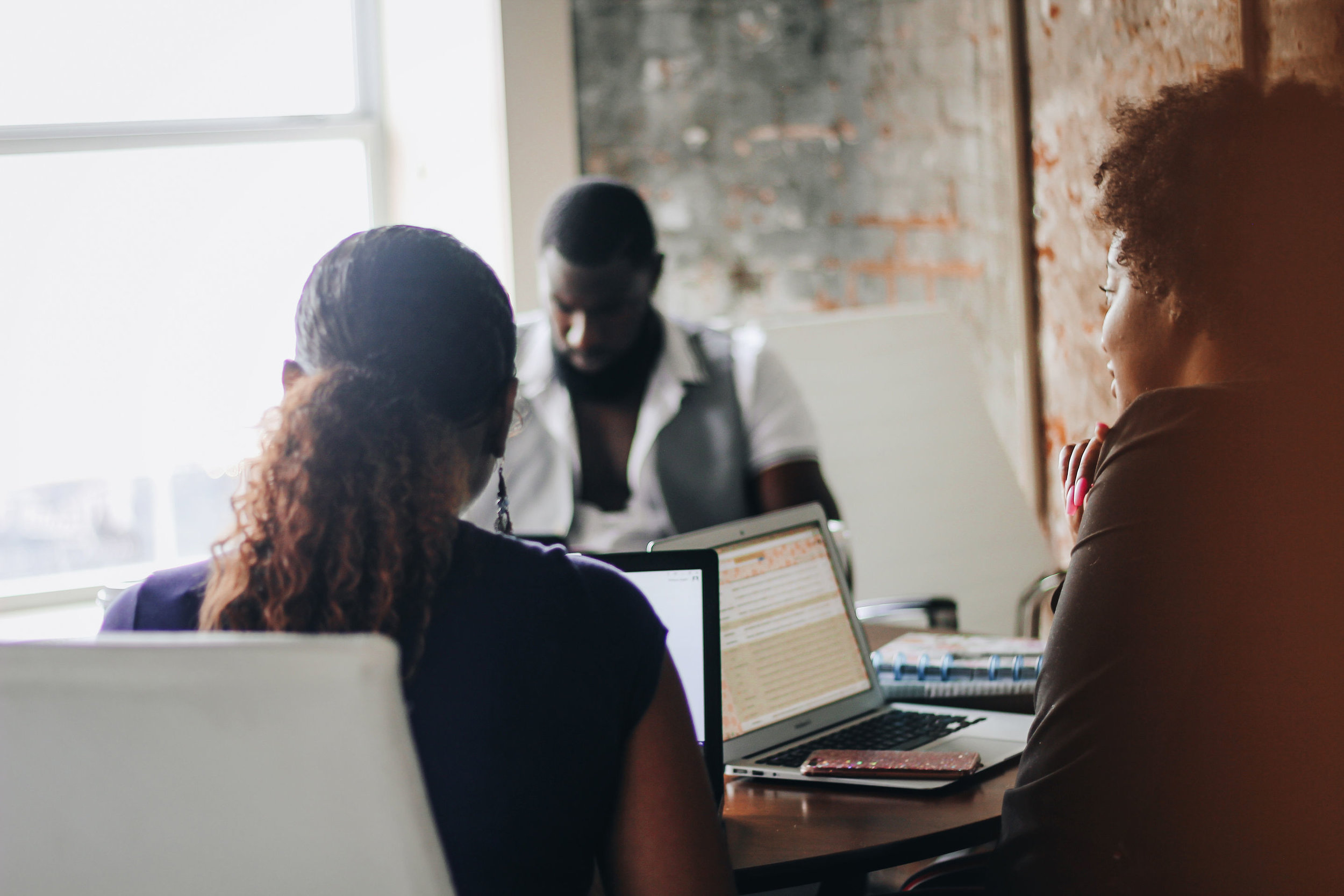
Most brands aren’t set up to get your work better seen, heard and respected.
Here’re the basics:
A brand is a system of ideas that influences the behaviors of others.
(a bit different from what you’ve heard before, no?)
Brands built without understanding this basic truth don’t account for little things like systemic visibility biases and the ways in which they affect the kinds of influence we have.
This just in: you’re short on influence
(read also: demand)
Also breaking: it’s not your fault.
If you’re an underestimated innovator, tastemaker or disruptor (read: if you’re here, then you are), you are facing systemic barriers to visibility, influence and success. Full Stop. And if you're trying to make the world a better place at the same time? You've got a triple bind:
People have been conditioned to ignore you
The status quo has learned brain chemistry on it's side
Isms make a viable, sustainable organization in alignment with your values a heavier lift
That isn’t an accident. It’s an Invisibility Tax, a natural consequence of the poisonous power relationships that surround us all. Conclusion? Cookie Cutter isn’t going to cut it.
Brands are resources of something we in the international politics set call “soft power.” It’s why brands can become legacies. Soft power, involves the use of appeal, attraction and persuasion to achieve objectives and to shape the preferences of others—which is exactly what effective brands do.
But you’ve got to be noticed and remembered for any of that to work. And recent studies are emperically demonstrating that underestimated people are and have been systematically underrecognized, overlooked and undervalued. Translation? Society has been conditioned to ignore us.
The huge mistake traditional brand work makes is not accounting for the visibility biases you face as an historically underestimated leader and the Invisibility Taxes you pay as a result.
Don’t even get us started on Focal Backlash and Likability Heuristics…
Your Invisibility Tax may include…
A Reciprocity Gap
Disparities in returns on social investments between groups, largely determined by worth and cultural membership in a society. Translation: Getting less than your peers because of a marginalized identity.
A Validation Paradox
That unenviable position wickedly smart and constantly overworking leaders from underrecognized communities often find themselves in: validated—in the rooms where decisions are made and shots are called, but only as a token or a figurehead. Sentenced to posing gratefully for the opportunity to lead with very little actual power or influence.
An Ambition Penalty
The sum total of social, professional and financial costs the underrecognized face for their ambition (h/t Stefanie O’Connell Rodriguez). Often mislabeled as a “Confidence Gap,” in women and girls.
or something we haven’t even discovered yet.
And while many brands are set up to be effective (read: influential), they aren’t built to overcome visibility biases and invisibility taxes at the same time.
Conclusion: most brands aren’t set up to get your work better seen, understood and trusted BECAUSE they aren’t built to overcome visibility biases and invisibility taxes. So, if we want to turn up your visibility’s impact, we have to articulate your brand with both in mind.
NobiWorks chooses to do so leveraging a systematic understanding of human behavior and an equally rigorous measurement of the distribution of power around you. In fact, the brain behind our brains, our director, N. Chloé Nwangwu (The Brand Scientist) spent over 5 years sussing out the underlying mechanics of impossible to ignore brands. The VisibilityOS™ is a Visibility Strategy System based on her findings and specifically designed to help underrecognized public figures scale their visibility. It is the basis of the science backed equity informed diagnostic tool she developed: The Impact Dial™.

What's this about a brand scientist?
What's this about a brand scientist?
Oh hey! That’s me.
I’m N. Chloé, a brand scientist and digital diplomacy (actual diplomacy!) advisor. I’ve advised everyone from small island nations and the first refugee delegation to the UN to small, black owned mom and pop shops. And all of them were socially innovative brands ready to give the status quo a good shove.
That mom and pop shop? Brad Pitt’s now a fan. That small island nation? The coalition of countries they formed just got kudos from President Obama at the COP26 conference. Can I promise these results? No. But I can promise that the same methods I developed as an international conflict mediator–the very same methods I used with these clients–are what I will bring to bear in our engagement.
It actually started with building my first computer.
I was maybe 10 years old and quickly realized I had a knack for figuring “this stuff” out.
Over a decade later, with (bafflingly) a degree in (neuro)philosophy, political theology and Japanese of all things, I sat at a desk in an Israeli non profit, presenting a quick website I’d coded to a small group of my supervisors.
Sure, being the young person in a public sector organization meant I was also on tech duty, but this crew had not actually expected me to be some sort of high functioning tech nerd. Once the cat was out of the bag, tiny non profits and advocacy groups all over the world ended up requesting my support. Some of that work supported me through mediation grad school.
A few years after finally becoming a conflict mediator (why yes, that is social psychology in high stakes situations), I had a crisis of faith.
I’d become a mediator because of it’s potential for initiating power parity. Leveling the playing field. But as I facilitated these high level discussions, I realized that certain folks weren't even getting to the negotiating table.
Mediation is a voluntary process, so a group with power usually only negotiates with an actor they are unable to overlook. And in global conflict there are tons of folks we're "able to overlook" who *should* be at those tables in order for the change to stick sustainably and equitably.
So I decided I would help make those folks impossible to ignore.
I returned to my tech nerd powered roots to do it.
And realized brands were the key soon after.
That’s how NobiWorks was born.
This lab tends to attract trendsetters and innovators, so if that sounds like you, welcome; you’re already my favorite kind of person.
We’re absolutely going to get into all sorts of trouble together.
Enter Recognition Equity.
Recognition equity is a quantifiable status. It is the point at which we reach a critical mass of influential, underestimated leaders strategically positioned for ultimate social impact. We’re not there yet—otherwise you’d be in the “rooms where it happens.” But that is the vision this lab has for the world.
Because we grew tired of optics.
And visiblity is the bare minimum we should accept.
Here’s what this means for you:
It means a double heap of justice.
A platform that does you AND your ideas justice by positioning you to navigate the biases designed to hold you back.
what's next?
Answer a couple of our director’s questions and you’ll be guided directly to your best next step. Promise.
partnership is built into our process. we guarantee you’ll love what you get.
the process couldn’t be easier. your client portal will keep everything in one place.
everything we do, every choice we make or advise you to make is backed by science and rigerous equity standards.
A majority of my clients are based in the US, and so investments are quoted in USD. However, as I work with clients across the globe, I invite my international clients to utilize this currency converter or another of their choosing for an estimation of what these numbers mean locally.











